"The Greatest Wildlife Photographs" from National Geographic in Astana

"The Greatest Wildlife Photographs" from National Geographic in Astana
For over 130 years, National Geographic has been a catalyst in the world of wildlife photography, inspiring several generations of viewers with stunning images of animals in their natural environment. Since 1903, when the first image of a reindeer was published, the National Geographic Society continues to raise the bar, creating unique masterpieces of art, science and technology.
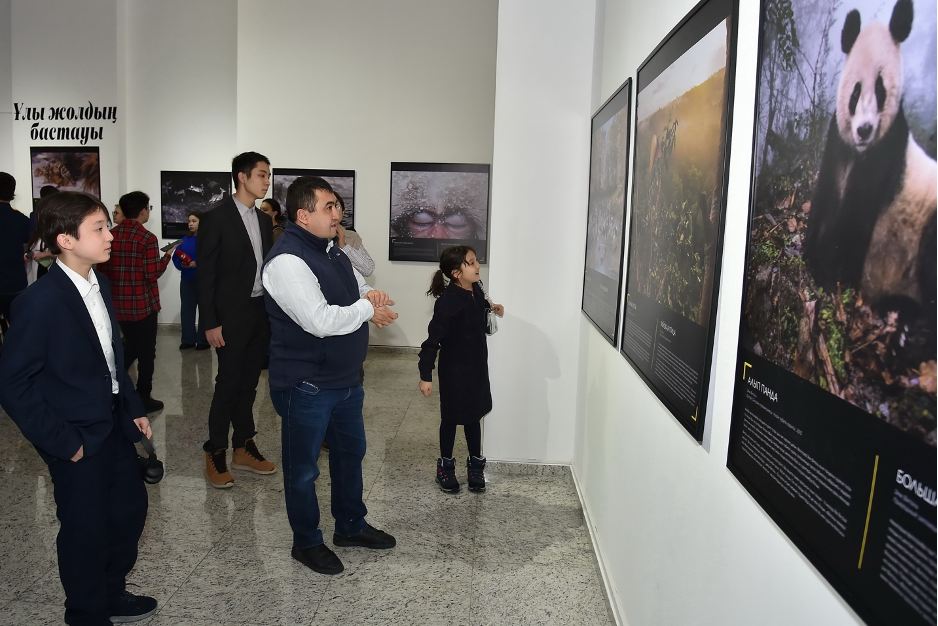
The National Museum of the capital annually hosts a photo exhibition of the famous international magazine National Geographic. The current one is entitled "The Greatest Wildlife Photographs". This event becomes a bright moment in the cultural life of the capital, uniting not only fans of the National Geographic Qazaqstan magazine, but also representatives of partner organizations, government agencies and the media.
The Minister of Science and Higher Education of the Republic of Kazakhstan, Sayasat Nurbek, expressed his admiration for the exhibition: "Such exhibitions are especially important in our era, when we are increasingly moving away from nature, absorbed in smartphones. Amazing photographs of animals remind us that humanity is part of this nature. They return us to the animal world, making us think about their place in the ecosystem."
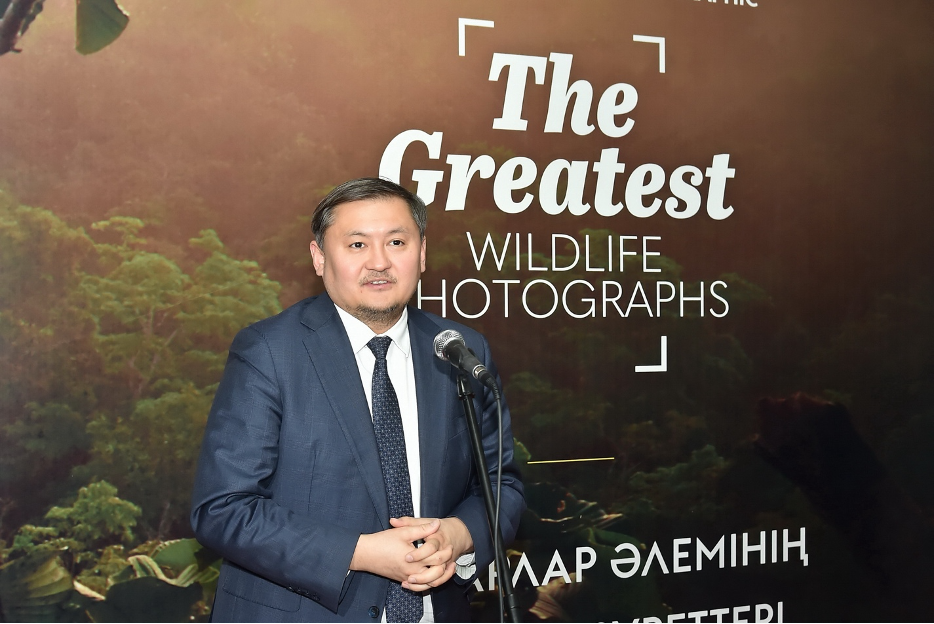
The curator of the photo exhibition “The Greatest Wildlife Photographs”, an experienced photo editor Katie Moran, has collected the best wildlife shots from the pages of National Geographic magazine. Among the authors are famous photographers such as Michael “Nick” Nichols, Steve Winter, Paul Nicklen, Beverly Joubert, David Doubilet and others, whose works demonstrate the evolution of photographs and the impact of innovations such as camera traps, remote sensing and underwater technologies on the study of the fragile environment.
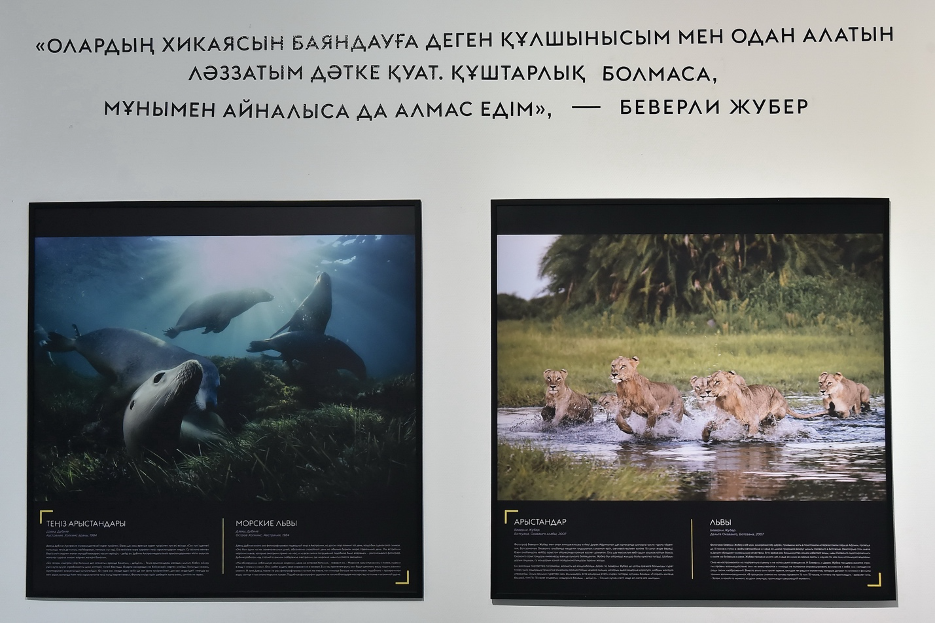
Public figure Darkhan Mynbay noted: "The National Geographic Society annually allocates grants for research projects in various fields, open to citizens of Kazakhstan, including photographers. Such exhibitions inspire young people to participate in useful projects for themselves and the environment.”
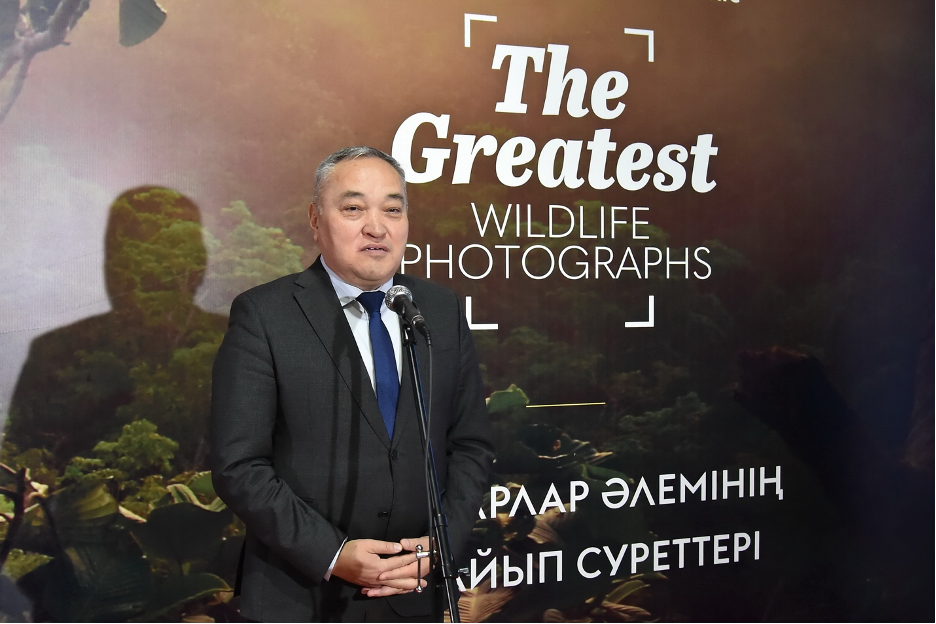
The National Geographic Society is a global non-profit organization that uses the power of science, research, education and storytelling to document and protect the wonders of the world around us. Since 1888, National Geographic has supported research, investing in bold people and creative ideas, issuing more than 15,000 grants for scientific and creative projects on all seven continents. Reaching 3 million students annually through its educational initiatives, National Geographic attracts the attention of a global audience to unique experiences, stories and content.
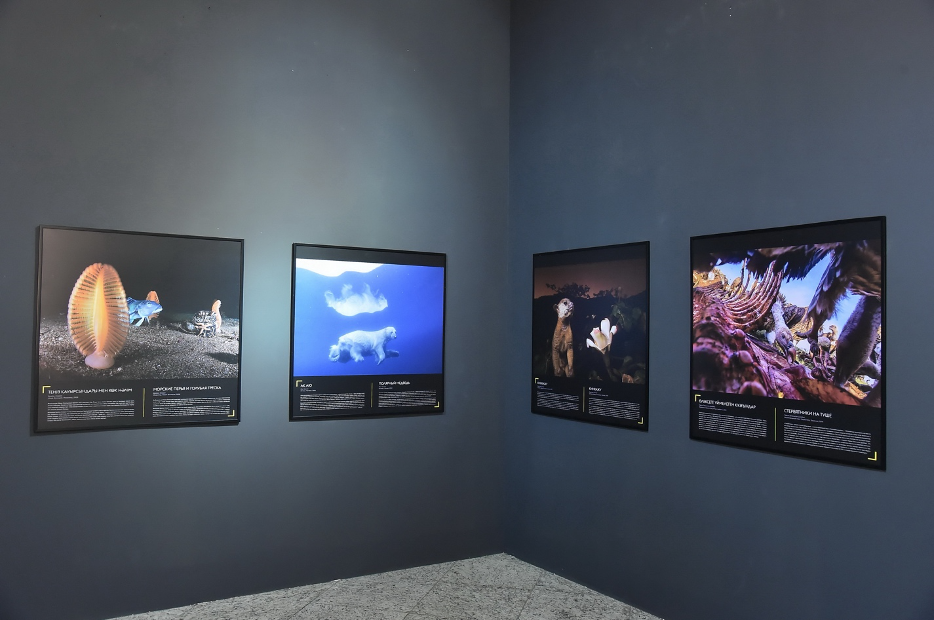
The editor-in-chief of National Geographic Qazaqstan, Erkin Zhakyp emphasized, “that behind every photograph there is a fascinating story and selfless work. The exhibition provides an opportunity to look into the fascinating world of wildlife through the lenses of talented photographers. Pay attention to any picture, and it becomes clear that no matter how many times in their lives photographers are threatened by danger, they do not give up their goals and capture unique and wonderful moments of what is happening.”
National Geographic Qazaqstan is a scientific and educational magazine published in Kazakhstan since 2016. The publication provides readers with materials about global scientific news and research in the Kazakh language, supporting interest in fundamental research and innovation in all fields of science - from natural science to space exploration.